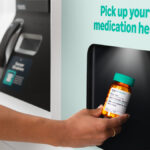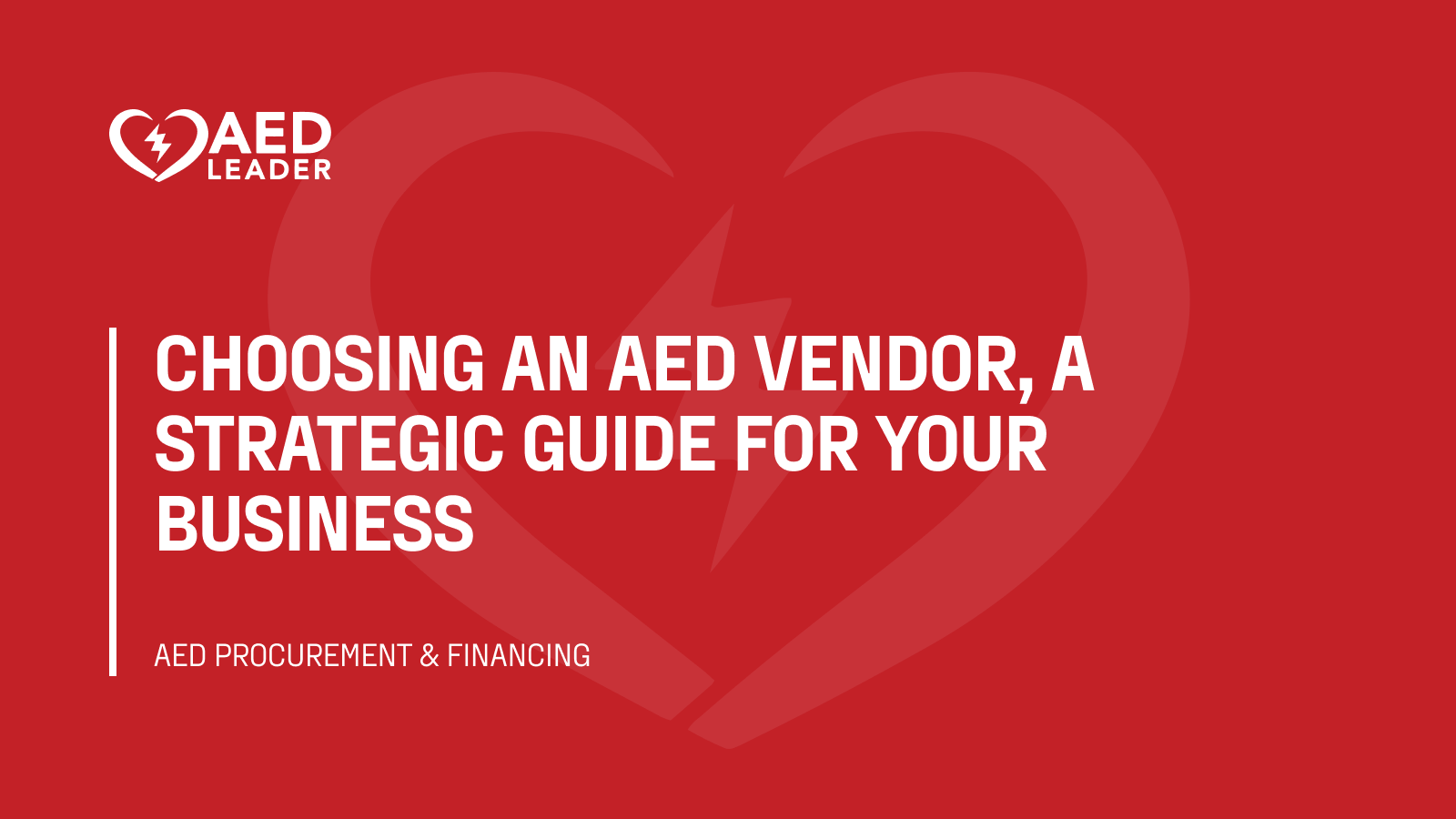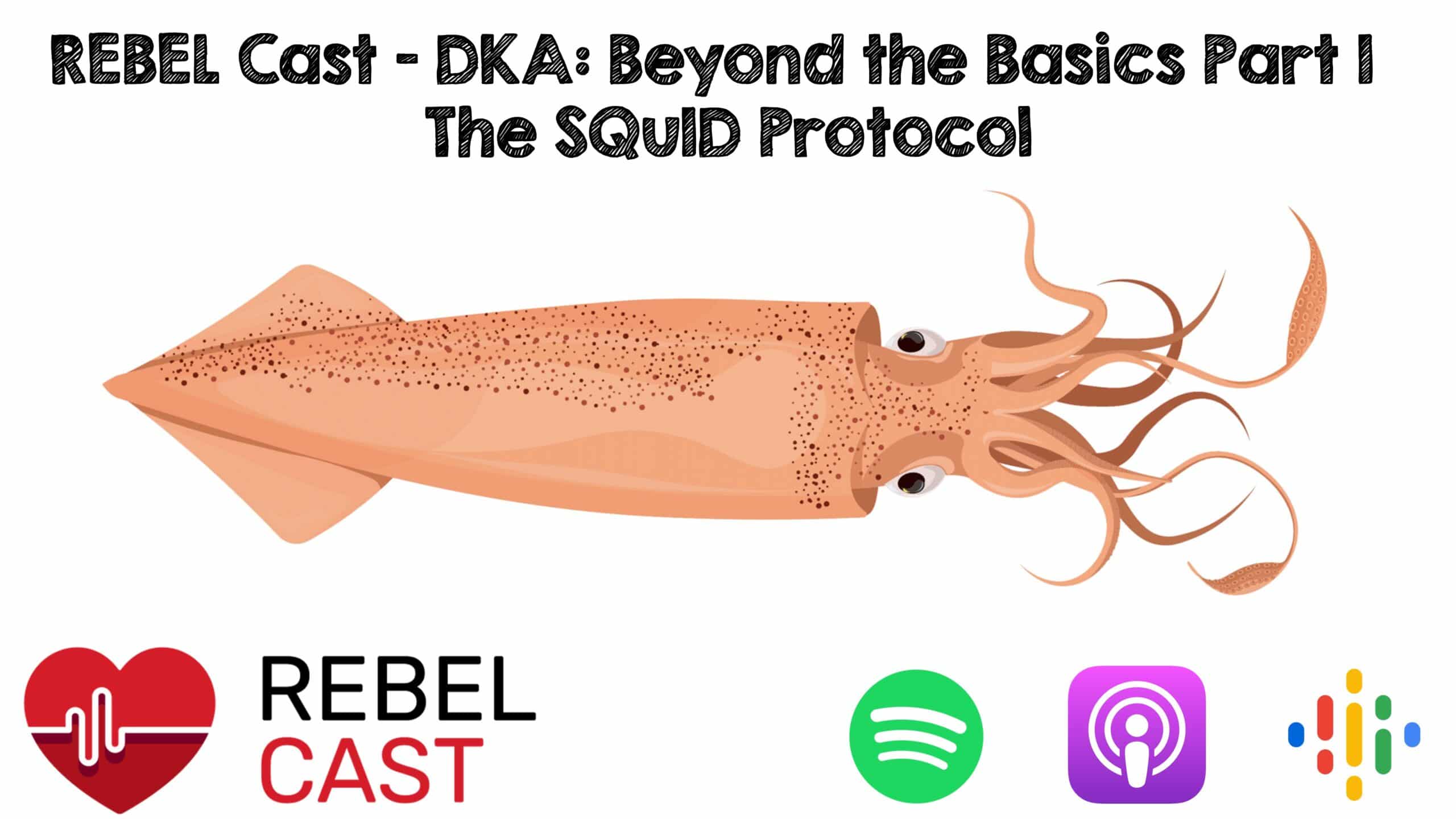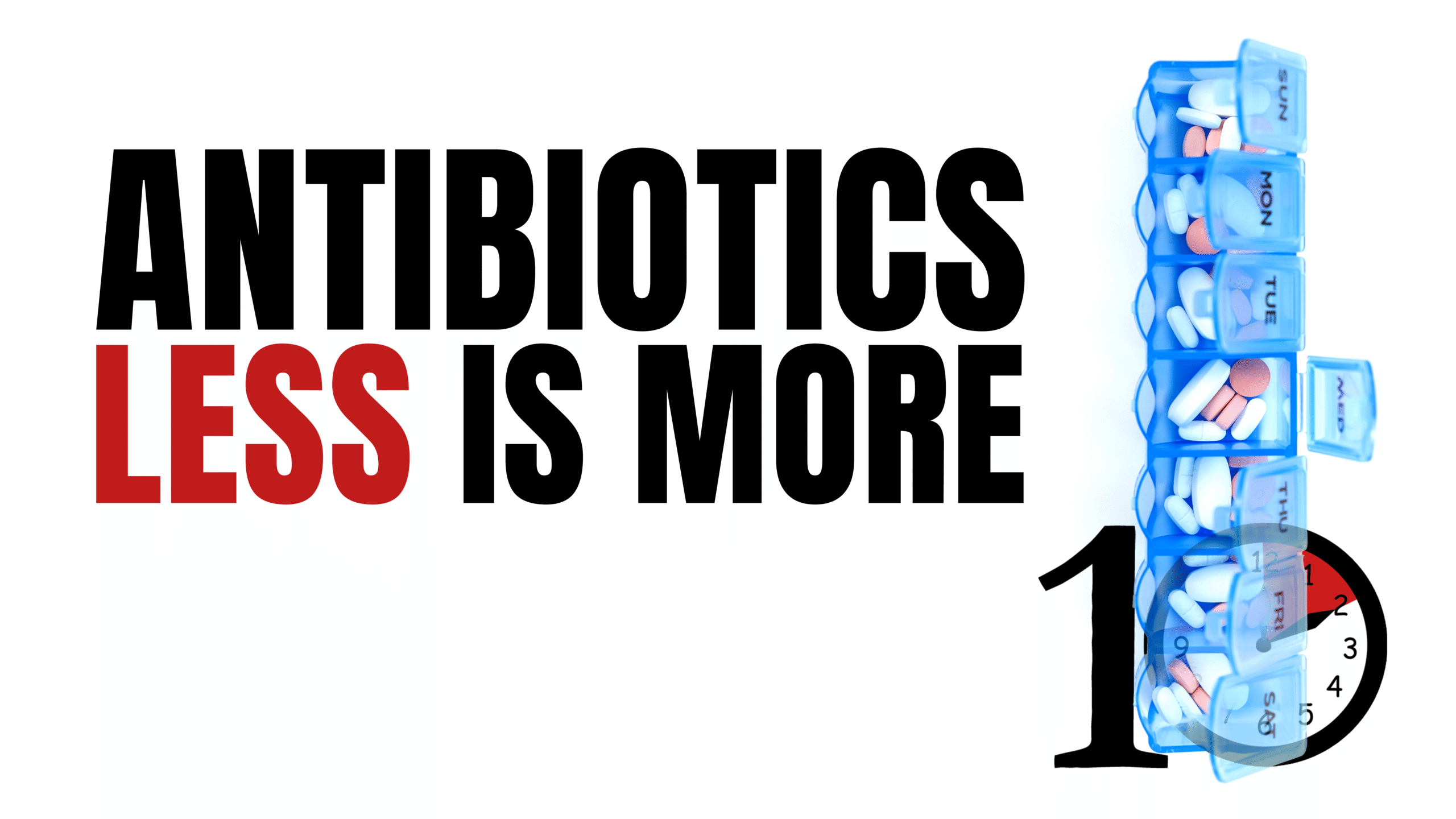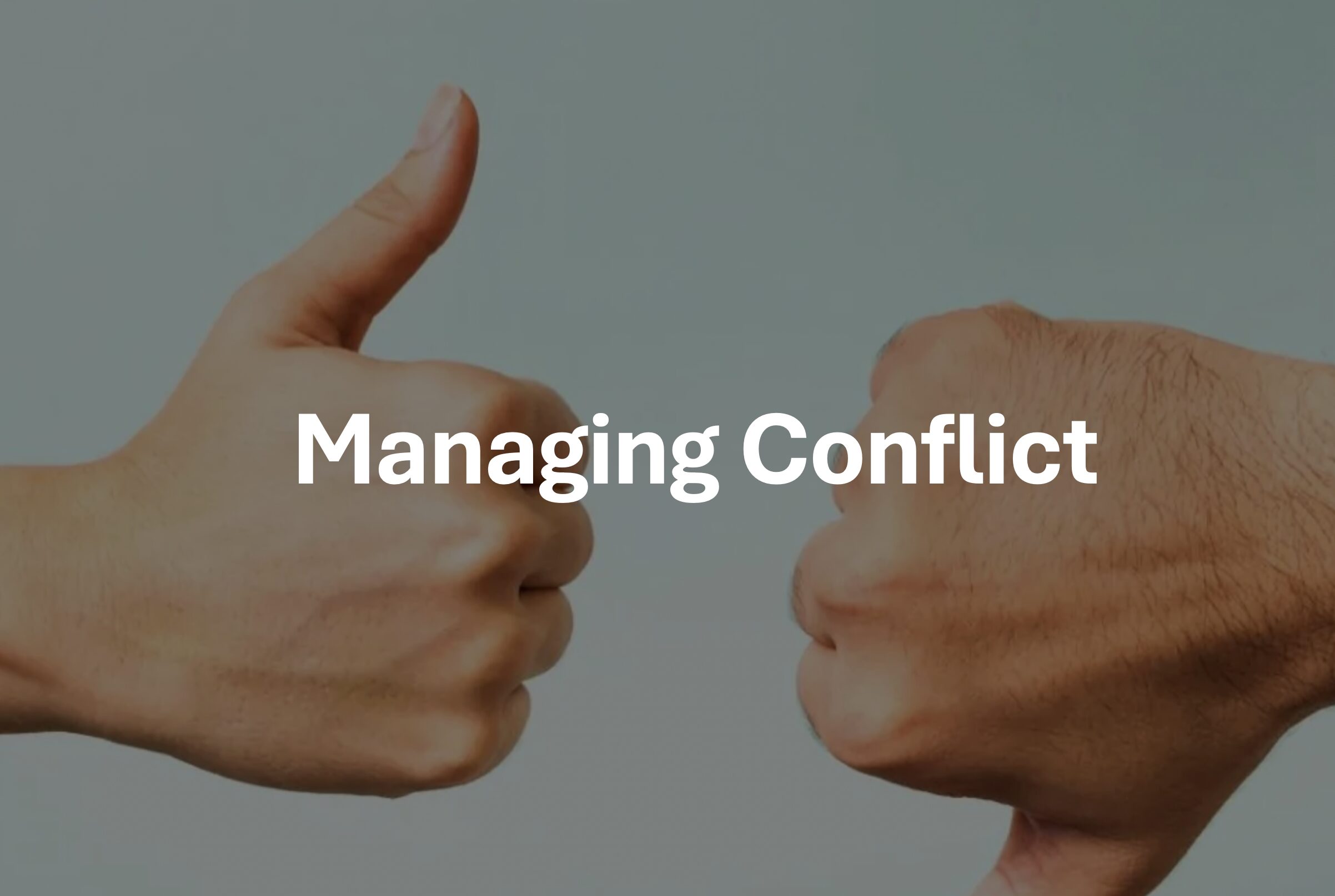Selecting an AED for your business involves far more than choosing hardware, it’s a strategic decision rooted in real-world need. Consider that each year in the U.S. there are roughly 236,400 cardiac arrests at home, 57,050 in public spaces, 36,050 in nursing homes, and 10,000 on the job. Against that backdrop, your AED and more importantly, the vendor behind it, becomes a cornerstone of your safety and risk-management program. While comparing features is valuable, the single most critical choice is picking the right long-term partner, the vendor who will ensure your equipment is always ready, your staff stays compliant and confident, and your organization truly has the power to save a life.
Many businesses focus solely on the upfront cost of the device, overlooking the comprehensive support system required to keep an AED program effective and legally sound. A cheap device without proper management can become a liability. The right partner provides an entire ecosystem of services that ensures your equipment is always ready, your staff is confident, and your company is protected. This guide provides a strategic framework for evaluating potential AED vendors, empowering you to choose a partner who delivers true peace of mind.
Why your vendor choice is a critical business decision
When sudden cardiac arrest occurs, the stakes are incredibly high. The American Heart Association reports that immediate CPR and the use of an AED can double or even triple a person’s chance of survival. A well implemented AED program is not just a moral imperative it is a fundamental business function that protects your employees and customers while mitigating organizational risk.
Choosing a vendor is an investment in a long term relationship. A subpar partner can leave you with an expired device, an untrained team, and significant legal exposure. Conversely, a strategic partner acts as an extension of your environmental health and safety team. They navigate the complexities of compliance, training, and maintenance, ensuring your program is an asset, not an administrative burden. Understanding the Good Samaritan Law overview is a great first step, but a true partner helps you build a program that ensures those protections apply.
First understand the equipment basics
Before evaluating vendors, it is helpful to understand the core technology. Modern AEDs are designed to be used by minimally trained bystanders, with clear voice prompts and simple controls. You will encounter terms like semi automatic, where the user presses a button to deliver a shock, and fully automatic, where the device delivers the shock on its own. While you can find detailed comparisons of devices like the semi vs fully automatic LIFEPAK CR2, the most significant recent advancement is connectivity.
Top tier AEDs now include WiFi or cellular technology. This allows for remote monitoring of the device’s status, including battery life and operational readiness. This feature is the bridge between the device itself and a vendor’s management program. A connected AED is only as good as the system monitoring it, which makes your vendor choice paramount.
The vendor evaluation framework a five point checklist
Use this framework to look beyond the product brochure and assess a vendor’s true capability as a strategic partner. A reliable vendor will not only welcome these questions but will have impressive answers ready.
Vendor expertise and manufacturer access
An experienced vendor brings more than just a product catalog. They bring years of industry knowledge, having designed programs for diverse environments from corporate campuses to industrial facilities. A key indicator of expertise is their relationship with equipment manufacturers. A vendor with direct partnerships with all six FDA approved manufacturers Philips, ZOLL, Physio-Control, HeartSine, Defibtech, and Cardiac Science offers significant advantages.
These relationships ensure you receive authentic, factory new devices and accessories, eliminating supply chain issues and guaranteeing quality. It also means they have unbiased, in depth knowledge across the entire market, allowing them to recommend the best AED for your specific needs rather than pushing a limited selection. For a deeper dive, comparing the best AED brands can provide a solid foundation.
Comprehensive program management
This is perhaps the single most important factor that separates a simple reseller from a true partner. An AED is not a “set it and forget it” device. It requires ongoing management to remain compliant and ready. A premier vendor should offer a comprehensive program management solution, like the AED Total Solution, that handles every aspect of readiness.
Look for a service that includes:
- Medical oversight and prescription:
An AED is a Class III medical device requiring a physician’s prescription. A full service vendor manages this for you. - Automated readiness alerts:
The program should automatically track and notify you of upcoming expiration dates for both AED batteries and electrode pads. - Centralized compliance portal:
For businesses with multiple locations, a web based portal is essential for tracking every device, rescuer certification, and maintenance check from a single dashboard.
Certified training and ongoing support
An AED is only effective if your team feels confident using it. A vendor’s commitment to training is a direct reflection of their commitment to your program’s success. Look for vendors who provide training certified by nationally recognized organizations like the American Heart Association.
The training should go beyond a simple device demonstration. It should encompass a full curriculum of CPR, AED use, and first aid. The best partners offer flexible training options, including on site sessions tailored to your facility and workforce, as well as virtual classes. This ensures your team is not just compliant but truly prepared to act decisively in an emergency. Learning more about what first aid training is can help you evaluate a vendor’s offerings.
Compliance and liability management
Navigating the web of state and federal AED regulations can be a full time job. A strategic partner shields you from this complexity. They should manage your initial AED registration with the local emergency medical services agency, a legal requirement in many areas.
Furthermore, inquire about their post event services. After an AED is used, the data from the device must be downloaded for physician review. A top vendor will provide a loaner device immediately while managing the entire data download and reporting process, ensuring you fulfill all post event obligations seamlessly. This complete support loop is a critical element of your liability shield and is a key part of mandatory AED service requirements.
Total cost of ownership versus upfront price
The price tag on an AED is only one part of the financial picture. A vendor who competes only on upfront cost is likely cutting corners on the support services that deliver long term value and safety. When evaluating vendors, insist on a clear breakdown of the workplace AED total cost of ownership.
This includes the initial device, but also the recurring costs of replacement batteries and pads, program management fees, and training. A low initial price can be quickly offset by expensive proprietary accessories or the hidden costs of managing the program yourself, such as staff time for manual inspections and the risk of fines from non-compliance. For organizations looking to manage costs, a reputable vendor will also offer reliable recertified used AEDs that come with warranties and full integration into their management program.
How a strategic partner aligns with your evaluation framework
When you apply this five point framework, the profile of an ideal vendor becomes clear. It is a company built on a foundation of integrity and expertise, with over a decade of experience and direct partnerships with every major FDA approved manufacturer.
This ideal partner does not just sell you a box. They enroll you in a comprehensive program management service that automates compliance and guarantees readiness. They deploy a nationwide network of certified instructors to train your team. They provide the medical oversight and liability management needed to protect your organization. By focusing on the total value of the partnership, they deliver a solution that provides both safety and certainty. This is the standard of service that procurement officers and EH&S leaders should expect and demand.
Choosing your AED partner is a decision that will impact your organization for years to come. By prioritizing expertise, comprehensive management, and transparent support, you can build a life saving program that you can trust completely.
Frequently asked questions
Q: Can’t I just buy an AED online and manage it myself?
A: You can, but it introduces significant risk and administrative burden. You become solely responsible for tracking battery and pad expiration dates, complying with medical prescription laws, registering the device with local EMS, and conducting regular readiness checks. A managed program from a partner like AED Leader offloads these critical tasks, reducing your liability and ensuring the device is always ready.
Q: What is medical direction and why do I need it?
A: AEDs are FDA regulated medical devices that require a licensed physician to write a prescription and oversee the program. This medical direction ensures the program follows established clinical guidelines. A comprehensive vendor provides this essential service, which is a legal requirement for a compliant workplace AED program.
Q: How much does a comprehensive AED program cost?
A: The cost varies based on the number of devices, the scope of training, and the level of program management. While a managed program has a subscription fee, it often lowers the total cost of ownership by preventing costly compliance mistakes, reducing administrative workload, and bundling services. It is best to think of it as an investment in risk management and operational continuity.
Q: Are all AED training programs the same?
A: No. The most effective training is delivered by certified instructors who follow nationally recognized guidelines from organizations like the American Heart Association. This ensures your team learns the latest protocols for CPR and AED use. A vendor should offer certified courses, not just informal device demos, to properly prepare your staff and meet compliance standards.
Q: What happens after an AED is used at our facility?
A: A top tier vendor’s service shines in this critical moment. They should immediately ship a loaner AED to you while managing the entire post event process. This includes arranging the download of the event data from your device, having a physician review it, and returning the serviced AED to you. This end to end support ensures you are never without a ready device and that all follow up requirements are handled correctly.


